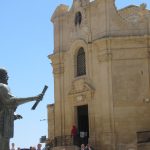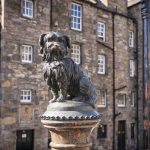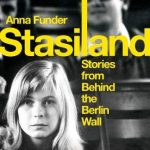Berlin’s two big-hitters, the Brandenburg Gate and the Reichstag (German Parliament) are conveniently close together. It is true of both that knowing a little of their history will enhance your visit: for Berliners themselves, their importance is largely what they represent, the stories they tell from the past which are still so meaningful in the city today.
What is the Brandenburg Gate?
It’s a gate! Or perhaps a gateway. It was built to impress, sited at the end of Unter den Linden, the street on which the Prussian Royal Palace stood and it was modelled on the gateway to the Acropolis in Athens. The royals would sweep through it on the way to the Tiergarten for a spot of hunting. In fact, they reserved the middle opening, the largest one, for themselves – everyone else had to go through the side entrances.
On top is the quadriga, or ‘chariot of the gods’, carrying a winged goddess of victory who bears two symbols of Germany, an eagle and an iron cross. It was built as a triumphal arch in the late 1780s, which was unfortunate because the first person to ride though it in triumph, on October 21st, 1806, was … Napoleon! He promptly ordered the quadriga to be removed and taken to Paris. When the Prussians occupied Paris a few years later – in 1815 – one of the first things they did was take the quadriga back to Berlin.

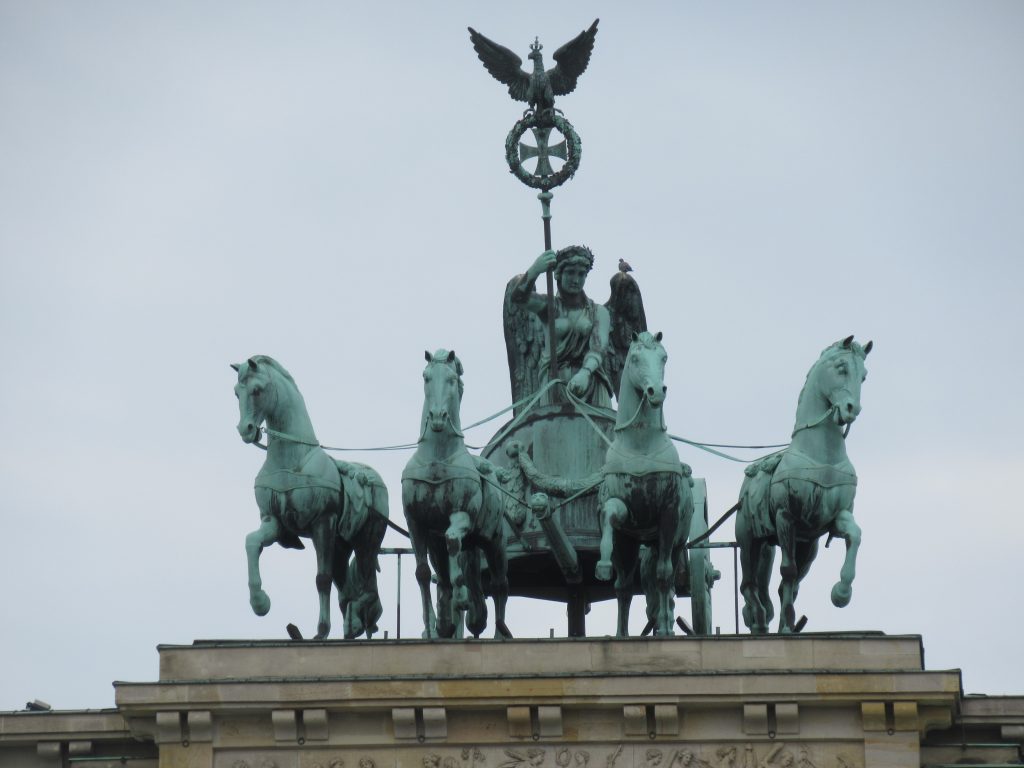
Why is the Brandenburg Gate famous?
Many important moments in history took place here. In January 1933, when Hitler became chancellor, a huge torchlight procession took place and thousands of brown-shirted Stormtroopers marched under the Brandenburg Gate to the presidential palace on Unter den Linden. During the division of the city in the Cold War, the gate stood right on the border of East and West Berlin and it was in front of it that President Reagan made the speech in 1987 in which he demanded that President Gorbachev should ‘tear down this wall.’
The Brandenburg Gate became an instant symbol of German reunification in 1989 and thousands came to watch the West German Chancellor, Helmut Kohl, walking through the gate to meet his East German counterpart. When allied troops (American, British, French) finally left Berlin in 1994, they too marched through the gate and Chancellor Kohl spoke for the nation when he said ‘Today, as you leave Berlin, we can definitely say that Freedom has won.’
The Reichstag

The Reichstag (German Parliament) was built in 1894, two decades after Germany was first formed and it has seen some momentous historical events. In 1918, just after the Kaiser’s abdication, the socialist politician Philip Scheidemann declared on the balcony that ‘This disastrous war is at an end … long live the German Republic!’. In 1933 it was badly damaged in a fire which Hitler blamed on the communists and used to justify giving himself new emergency powers. Its capture in 1945 by Soviet troops who hoisted the hammer and sickle flag on the dome was the moment Germany recognised its defeat.
During the years when Berlin was divided, the parliament building stood empty, right alongside the Berlin Wall. In October 1990, just after the fall of the Berlin Wall, both the reunification ceremony and the first meeting of the new German government were held here. The shell of the building was repaired, the inside gutted and totally renovated and a new and highly symbolic glass dome was constructed, signifying to the world that the new German government would be transparent and open to the scrutiny of all.
Visit the Reichstag and climb the dome

From the Reichstag’s dome you can enjoy a 360 degree panorama of the city. You do need to book your visit in advance. You can visit the dome terrace unaccompanied or take a guided tour, available in English for groups of 6 or more people. There is a whole separate exhibition on the history of the parliament and German democracy in the Deutscher Dom (German Cathedral) on Gendarmenmarkt.
On a guided tour you will see some memorable artwork and memorials. Perhaps the most moving is the artwork, ‘Birkenau Circle’, which is based on photographs of burning corpses from the concentration camp Auschwitz-Birkenau. The artist enlarged them onto huge canvases, then covered them with layers of paint before scraping most of it off. As the guidebook explains: ‘the photographs which evoke these horrors remain hauntingly present, beneath the layers of paint and beneath the surface of the lives and memories of the generations that came afterwards.’
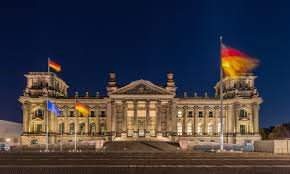
Memorials outside the Reichstag building include crosses placed to mark places where people lost their lives trying to flee across the Berlin Wall and a line of cobbles set into the road to show exactly where the wall was. There are also plaques recalling the role of Poland and Hungary in the fall of the wall. The former has inscriptions in Polish and German, reading ‘In memory of the struggle waged by Solidarity for freedom and democracy and of the contribution of Poland to the reunification of Germany.’
Where to next?
From either the Reichstag or the Brandenburg Gate you can easily visit the Holocaust Memorial nearby. Alternatively, go west into the Tiergarten or east down Unter den Linden.
LISTEN TO THE PODCAST
reading suggestion
Berlin, the story of a City by Barney White-Spunner
links for this post
The Brandenburg Gate
To book a visit to the Reichstag
Exhibition on German democracy at the Deutscher Dom
Previous post Introduction to Berlin
Next post Berlin’s Unter den Linden
Last Updated on July 20, 2024 by Marian Jones


